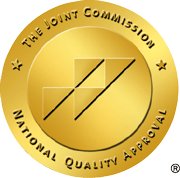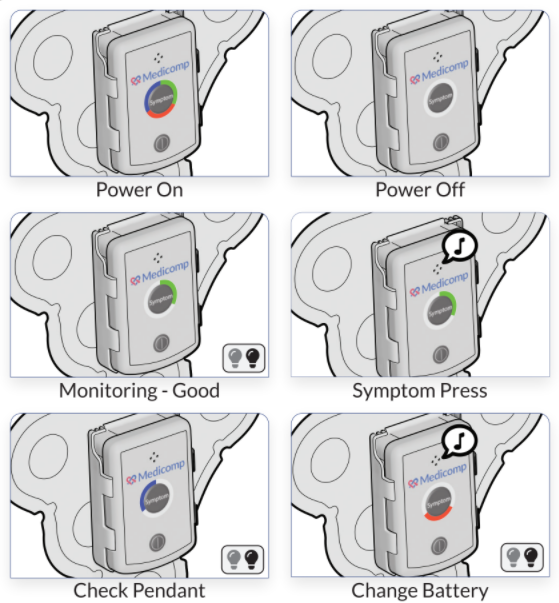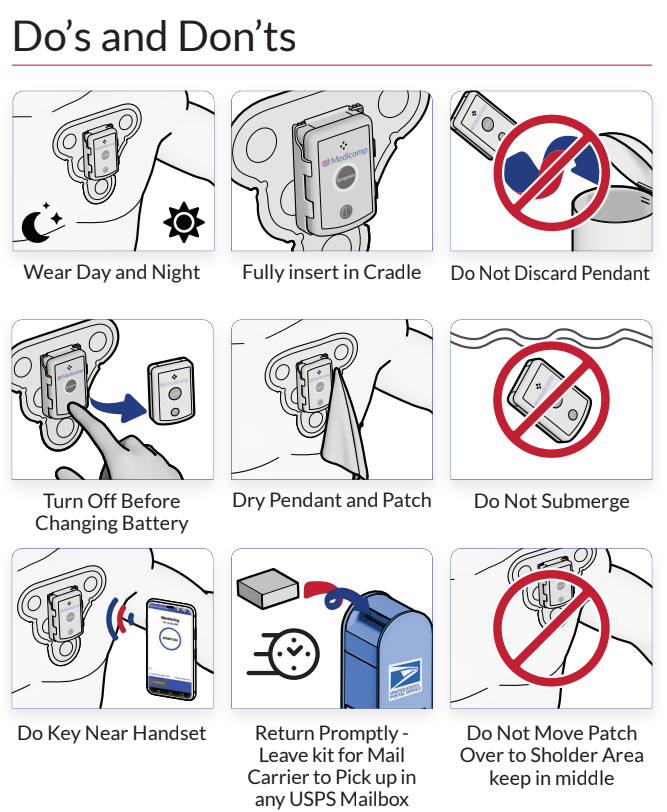Due to the Affordable Care Act (ACA), the health care purchasing role has transitioned from employer to individual. But the ACA is not the only news on the horizon — many employers have stepped up to the challenge of the changing landscape of healthcare with long-range plans. ReactDx, the event patch experts, take a look at how the employer’s role in health care is changing.
- Affordable Care Act (ACA): Created to cover the uninsured and underinsured, the ACA allows many employers to expand health care coverage offerings while curtailing associated costs. Insurance has thereby transferred to a consumer-driven market with employees feeling the pinch with a larger amount of individual risk. The ACA led to HDHPs and HSAs.
- High-deductible health plans (HDHPs): A good choice for healthy individuals with healthy family members, HDHPs can save several hundred dollars a year if the individuals have a minimum of medical expenses.
- Health savings account (HSA): Often tied to an HDHP, an HSA deposits money directly from an employee’s earnings to a tax-free or reduced tax account to be utilized only for health services. HSAs are predicted to grow in popularity, regardless of the future of the ACA in a changing federal administration.
- Voluntary benefits: Offered by employers but paid by employees, voluntary benefits are paid via payroll deferral for accident insurance, life insurance, cancer and critical illness insurance, dental, vision, and disability.
How are employers reacting to the uncertainty of the future? While most plan on continuing to offer employee health care to entice potential workers, it will be important to stay informed of upcoming regulations, communicate health care value to employees, and maximize investment dollars. Many companies have enacted approaches that sound unusual now but may become mainstream in the coming years.
- Employer-sponsored clinics: Located on the grounds or conveniently positioned between smaller organizations, clinics often accommodate employees and their families at no cost or greatly reduced costs. Along with yearly visits and consultations, these clinics offer services to keep workers healthy, such as advice from dietitians and exercise physiologists. Employees benefit from more than cost reduction; they spend less time driving to and from the doctor’s office, thereby saving employers money. Employees further benefit by forming a working relationship with physicians; one company opened a clinic when they realized 40% of employees listed no PCP and regularly visited the emergency room with minor illnesses or injuries. According to the National Business Group on Health, by 2019 it is predicted that approximately 56% of employers with more than 10,000 workers will house a health clinic on site, an increase of 9% from 2016.
- Temporary clinics: Sometimes a permanent clinic is too cost inhibitive, especially for a small company. Traveling doctors and nurses can set up a temporary clinic for days or weeks to entice workers to have yearly exams and simple diagnostic tests. The savings include catching life-threatening diseases and disorders early, saving employers thousands of dollars over the course of a worker’s employment.
- On-site clinics: Benefits consultant Mercer notes that office buildings wishing to attract commercial businesses have been advertising on-site clinics. One clinic for all tenants curtails vacancies and keeps employees much healthier.
Prepare for the future by looking into the latest in health care and other health-related issues. Visit ReactDx’s blog page or call us at 800-23-HEART to learn more about our cardiovascular event patch technology breakthroughs.



